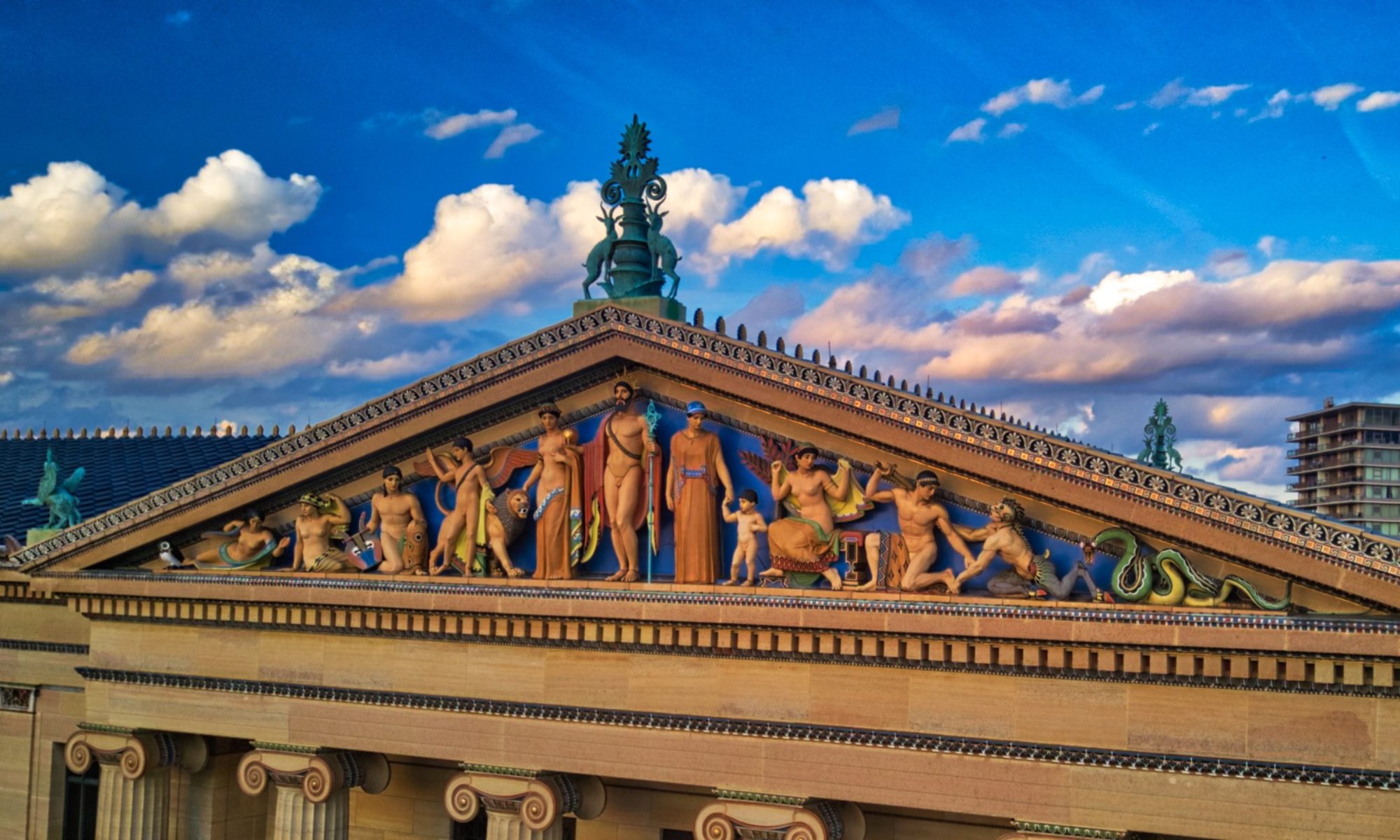| Major Version | Minor Version | Build | Update |
|---|---|---|---|
| 9 | G | 55 | b |
The build refers to the Apple internal build process that does a full compile and packaging of the entire OS. The build masters use this build number to keep everything tagged properly. Version control is your friend.
The G is actually easy to understand. The first version of Mac OS 10.5 was A. So the A means 0 as in 10.5.0. Each minor revision then is the next letter of the alphabet.
| A | B | C | D | E | F | G |
| 0 | 1 | 2 | 3 | 4 | 5 | 6 |
Leopard is actually very tidy. Previous versions of Mac OS X have not been so tidy. Mac OS X 10.4.11 was build 8S2165 and 8S165 where the S and the S2 were used to distinguish between the PowerPC and Intel builds of the 11th revision of Tiger.
Why 9? This is actually the ninth version of Mac OS X. Lets review.
| Version | Code Name | Major Version |
|---|---|---|
| Mac OS X 10.9 | ??? | 13 |
| Mac OS X 10.8 | Mountain Lion | 12 |
| Mac OS X 10.7 | Lion | 11 |
| Mac OS X 10.6 | Snow Leopard | 10 |
| Mac OS X 10.5 | Leopard | 9 |
| Mac OS X 10.4 | Tiger | 8 |
| Mac OS X 10.3 | Panther | 7 |
| Mac OS X 10.2 | Jaguar | 6 |
| Mac OS X 10.1 | Puma | 5 |
| Mac OS X 10.0 | Cheetah | 4 |
| Mac OS X Public Beta | Kodiak | 3 |
| Mac OS X Server 1.0 | Hera | 2 |
| Rhapsody Developer Release | Grail1Z4 / Titan1U | 1 |
When I started researching this article I expected to find a nice neat progression that would explain why Leopard is the 9th version. I thought I remembered the public beta being version 3. I now cannot find any evidence of that.It may have just been a version number of Project Builder — the predecessor of Xcode. It appears that between the Public Beta and the release of Cheetah Apple internally synchronized their internal build numbers.
The reason I assumed that version 4 made sense for Cheetah is that there were publicly released versions of Mac OS X before the Public Beta and 4 Developer Preview versions released only to developers. The public released versions were called Mac OS X Server 1.0. Released in 1999 it was little more than a port of OPENSTEP/NEXTSTEP to the G3 hardware platform. It had a “Blue Box” feature that allowed it to run Mac OS 8 applications. This Blue Box would make it into Cheetah and was a key reason for the successful transition for the Mac OS.
So to me it made sense that Mac OS X Server 1.0 was version 1. Version 2 would be Mac OS X Server 1.2. Version 3 would be the Public Beta. That gets us to version 4 for Cheetah. Unfortunately its not true. As it stands the public version numbers tell a neater progression of the versions over time than the build numbers.
References
http://en.wikipedia.org/wiki/Mac_OS_X_Public_Beta
http://en.wikipedia.org/wiki/OS_X#Versions

